Athletes push their bodies to the limit daily, whether they’re sprinting down a track, lifting heavy weights, or recovering from knee surgery. With such intense physical demands, recovery has become as critical as training itself. One method that’s gaining traction among athletes is cryotherapy, particularly through the use of an ice machine. This innovative approach combines cold therapy and compression to accelerate healing, reduce pain, and get athletes back on their feet fast. But why are so many turning to this therapy system, and what makes it so effective? Let’s dive into the science, benefits, and growing popularity of this cold therapy treatment.
The Rise of Ice Therapy in Sports Recovery
This method, at its core, involves the use of cold temperatures to promote healing. While traditional ice packs have long been a go-to for pain relief, modern advancements like the cryotherapy ice machine have taken this concept to the next level. These therapy machines are designed to provide continuous cold therapy, often paired with compression, to target specific areas of the body—like the knee, shoulder, or back—after surgery or an injury.
The appeal for athletes is clear: faster recovery means less downtime and more time to train or compete. Whether it’s a runner dealing with knee pain, a weightlifter nursing a rotator cuff issue, or a footballer recovering from a total knee replacement, the cryo therapy system offers a convenient and effective solution. Unlike a basic ice pack, a cold therapy machine circulates ice-cold water through a cuff or pad, delivering consistent cooling that penetrates deep into tissues.
How Does a Cryotherapy Ice Machine Work?
An ice machine operates by combining the addition of ice and water into a compact unit. The water is chilled and pumped through a therapy device, such as a cuff or knee pad, which wraps around the affected area. This cold therapy system often includes compression, which enhances the benefits by reducing swelling and improving circulation. Athletes can use cold therapy for knee recovery, back pain, or even hip replacement, thanks to universal pads that adapt to various body parts.
The machines are designed to provide safe use of cold therapy, with features like programmable timers to control the duration of cold therapy. This ensures that users avoid ice burns while still reaping the benefits of cold therapy. For instance, a polar care cube might offer a simple, easy-to-use interface, while other therapy units provide active compression for more targeted relief.
The Science Behind Cold Therapy and Compression
So, why does this therapy for pain work so well? The science is rooted in how cold temperatures and compression interact with the body. When an athlete experiences pain and swelling—say, after knee surgery or a tough workout—the body responds with inflammation. While inflammation is a natural healing process, too much of it can slow recovery and cause discomfort.
Cold therapy helps by constricting blood vessels, which reduces blood flow to the area and minimizes swelling. This is where the ice therapy machine shines: unlike a static cold pack, it delivers continuous cold, ensuring the temperature stays low enough to be effective without freezing the skin. Add compression therapy into the mix, and you’ve got a powerhouse combo. Compression pushes excess fluid out of the injured area, further reducing swelling and speeding up recovery after surgery.
Studies have shown that cold therapy machines for pain relief can significantly decrease recovery time. For athletes undergoing procedures like knee replacement or rotator cuff surgery, this means they can get back on their feet faster than with traditional methods like ice and water alone.
Benefits of Cold Therapy for Athletes
The benefits of cold therapy go beyond just pain relief and recovery. Here’s why athletes are flocking to therapy systems like the cold therapy ice machine:
- Pain Relief Without Medication. Athletes often prefer non-invasive options for managing knee pain relief or post-surgery discomfort. A cold therapy unit offers a drug-free alternative, using cold compression to numb pain naturally.
- Reduced Swelling. Whether it’s a sprained ankle or a hip replacement, swelling can delay healing. The polar care approach, with its ice pack wrap and compression, tackles this head-on.
- Faster Recovery. Time is everything in sports. A portable cold therapy machine allows athletes to use cold therapy at home or on the go, cutting downtime after surgery or intense training.
- Targeted Application. With options like the cryo cuff or universal pad for knee use, athletes can focus cold therapy for knee issues, back pain, or even shoulder injuries with precision.
- Ease of Use. Modern ice therapy machines are easy to use, requiring minimal setup—just fill with ice and water, wrap the cuff around the injury, and let the machine do the rest.
Take, for example, a marathon runner dealing with knee recovery. After pounding the pavement for miles, their joints might ache. A knee ice machine with a polar active ice 3.0 design could provide relief and recovery, letting them return to training sooner. Similarly, a basketball player post-surgery could rely on a therapy device for consistent cold therapy and compression.
Cryo therapy vs. Traditional Ice Packs
You might wonder: why not just use a cold pack or ice pack? While these are great for quick fixes, they lack the precision and staying power of a cryo therapy system. An ice pack wrap might lose its chill after 15 minutes, whereas a cold therapy machine keeps delivering ice-cold therapy for hours. Plus, the addition of active compression in devices like the aircast cryo cuff takes it a step further, something a basic ice pack can’t replicate.
Contrast therapy—alternating heat and cold—is another option, but for acute injuries or surgery recovery, cold therapy reigns supreme. The top cold therapy machines combine ice therapy with compression, offering a level of effectiveness that traditional methods can’t match.
Who’s Using Ice Machines?
From weekend warriors to professional athletes, the adoption of cold therapy machines for pain is widespread. Runners use them for knee pain relief, while football players rely on them for surgery cold recovery. Even those outside sports, like individuals recovering from a total knee replacement, find the right machine invaluable.
Consider a soccer player sidelined by a knee injury. Using the machine daily with a cold therapy pad, they could reduce swelling and be back on the field faster. Or picture a weightlifter with a sore rotator cuff— a cold therapy system with a cuff tailored to the shoulder could provide the relief they need to lift again.
Real-Life Applications in Sports
Athletes across disciplines are sharing their success stories with polar care and cryo systems. After grueling matches or training sessions, they turn to these machines for pain relief and swelling reduction. A tennis player might use an aircast cold therapy unit for elbow soreness, while a cyclist opts for cold therapy and compression on their knees.
The appeal isn’t just physical—it’s mental too. Knowing they have an effective cold therapy option gives athletes peace of mind. They can push harder in training, confident that a machine with universal application will help them recover.
Choosing the Right Cold Therapy System
With so many options, how do you find the right machine? It depends on your needs. A runner might prioritize a portable cold therapy unit for on-the-go use, while someone recovering from hip replacement might want a system for pain relief with a larger cuff. Look for features like adjustable compression, programmable ice settings, and ease of use.
For knee surgery or knee pad needs, a machine with a universal pad for knee application is ideal. If you’re dealing with back pain or a broader area, opt for a therapy system with versatile cuffs. The key is matching the machine to your recovery goals—whether it’s surgery recovery, pain relief, or getting back on your feet fast.
Safety and Best Practices
While cold therapy machines are safe when used correctly, there are precautions to take. Avoid overuse to prevent ice burns, and follow the recommended duration of cold therapy—typically 15-20 minutes per session. Machines are designed to provide consistent cooling, but always check your skin during use.
For those new to cold water therapy, start with shorter sessions and gradually increase as your body adjusts. The safe use of cold therapy ensures you get the benefits without risks, making it a reliable addition to any athlete’s toolkit.
The Future of Recovery
As technology advances, so do therapy machines for pain relief. We’re seeing innovations like 3.0 cold therapy systems with enhanced compression and smarter designs. Athletes are no longer limited to basic ice cold therapy—today’s machines offer a blend of science and convenience that’s hard to beat.
The growing popularity of at-home cold therapy also means more people can access these benefits. Whether you’re recovering from knee surgery, managing back pain, or simply seeking relief after a tough workout, a cold therapy machine could be your ticket to faster healing.
Conclusion: Why Cryotherapy Is Here to Stay
So, why are so many athletes turning to cryo therapy for recovery? It’s simple: it works. The cryo therapy ice machine, with its blend of cold therapy and compression, offers a powerful, practical way to tackle pain and swelling. From knee recovery to post-surgery relief, these therapy units deliver results that athletes can feel—both in their bodies and their performance.
Whether you’re an elite competitor or just trying to stay active, cold therapies like this are worth exploring. With the right cold therapy system, you can reduce downtime, ease discomfort, and get back to doing what you love. Ready to try it? Grab a machine today and discover how cold therapy helps you stay in the game.
The new device is already available in our online store. An electric mask for removing wrinkles from the face is your reliable assistant in the fight for youth and beauty of the skin. Turn self-care into a pleasure and enjoy visible results after the first procedures!


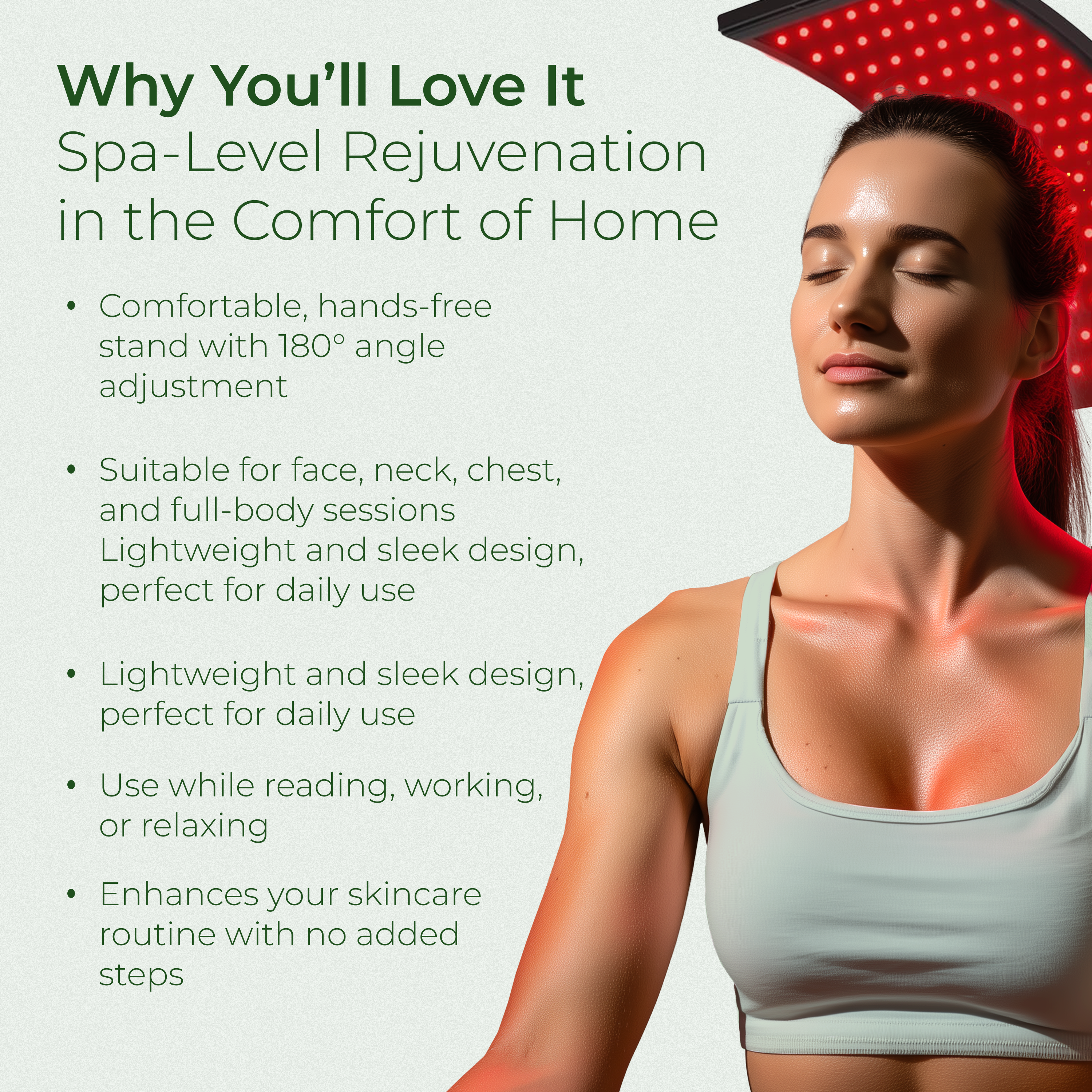
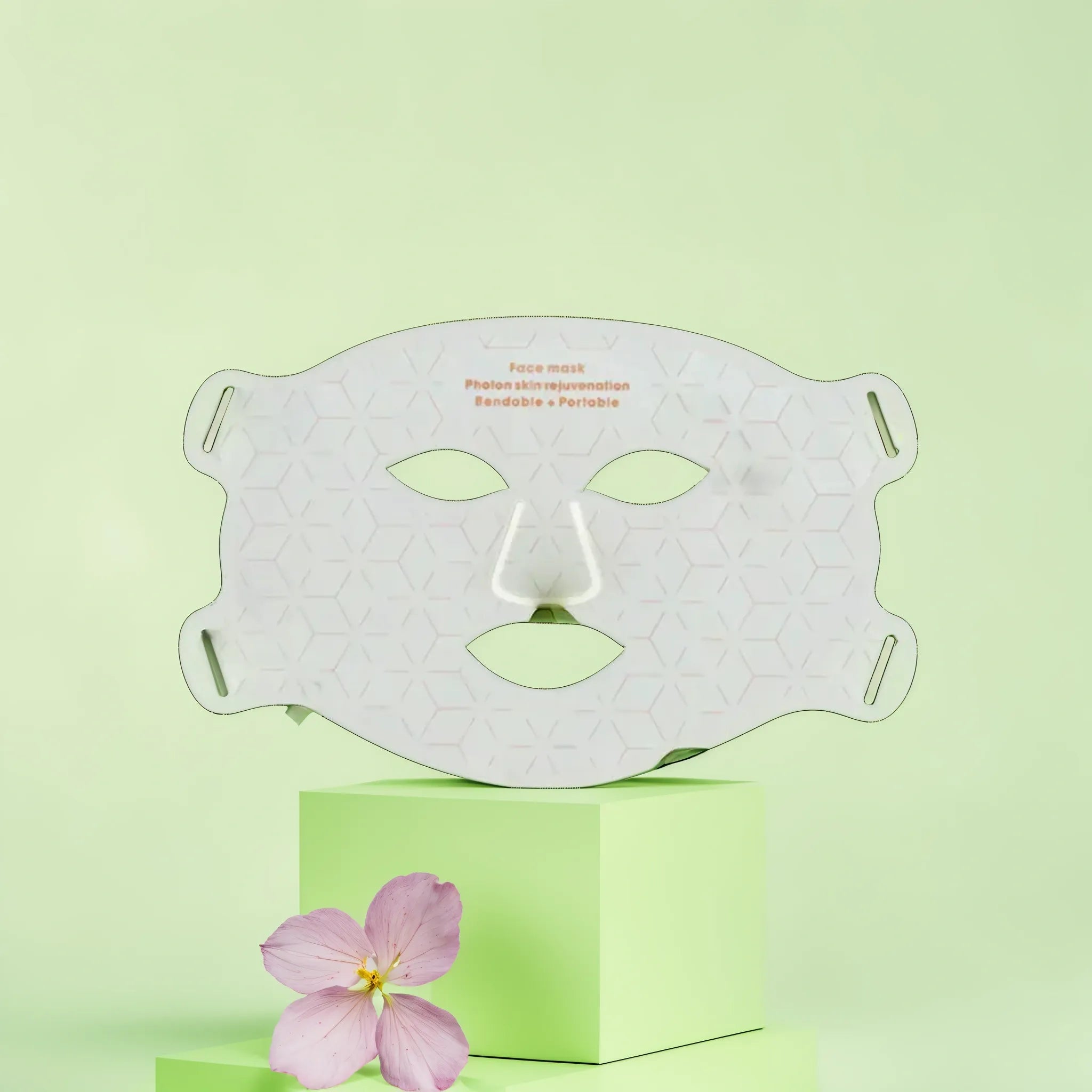



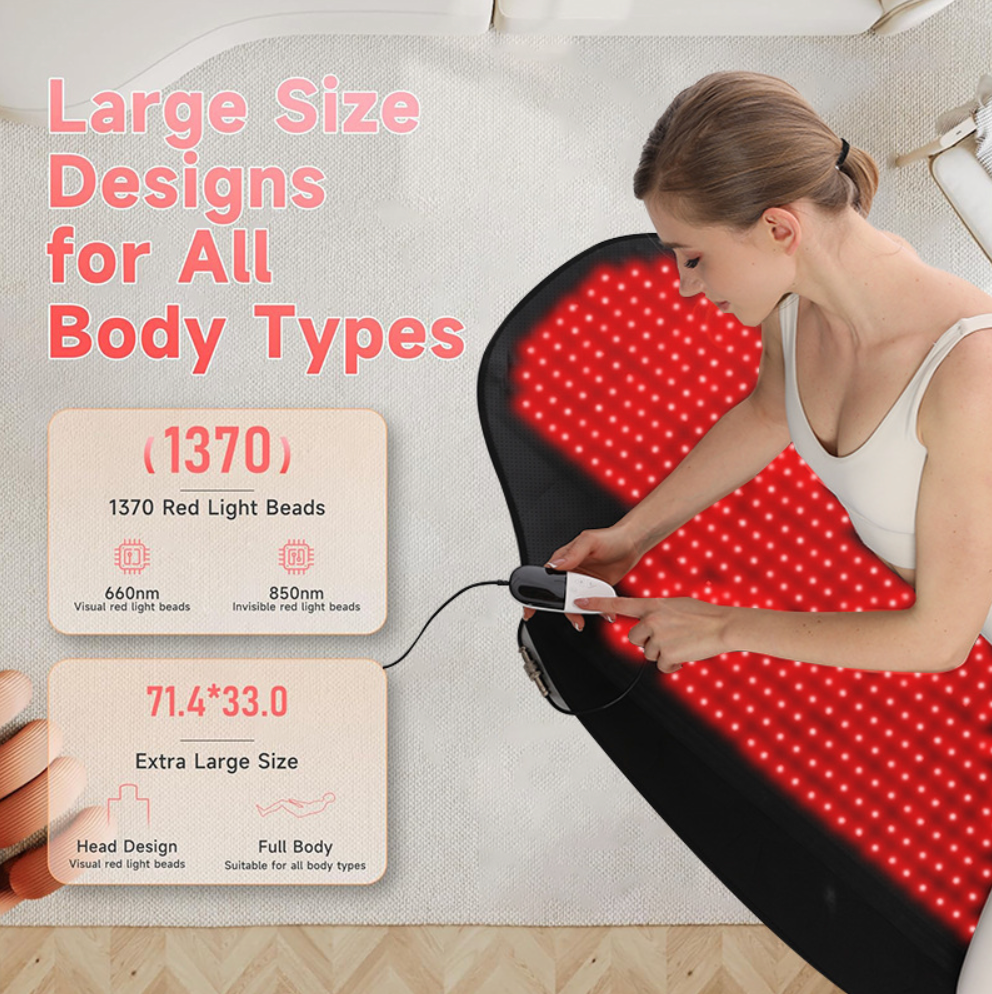
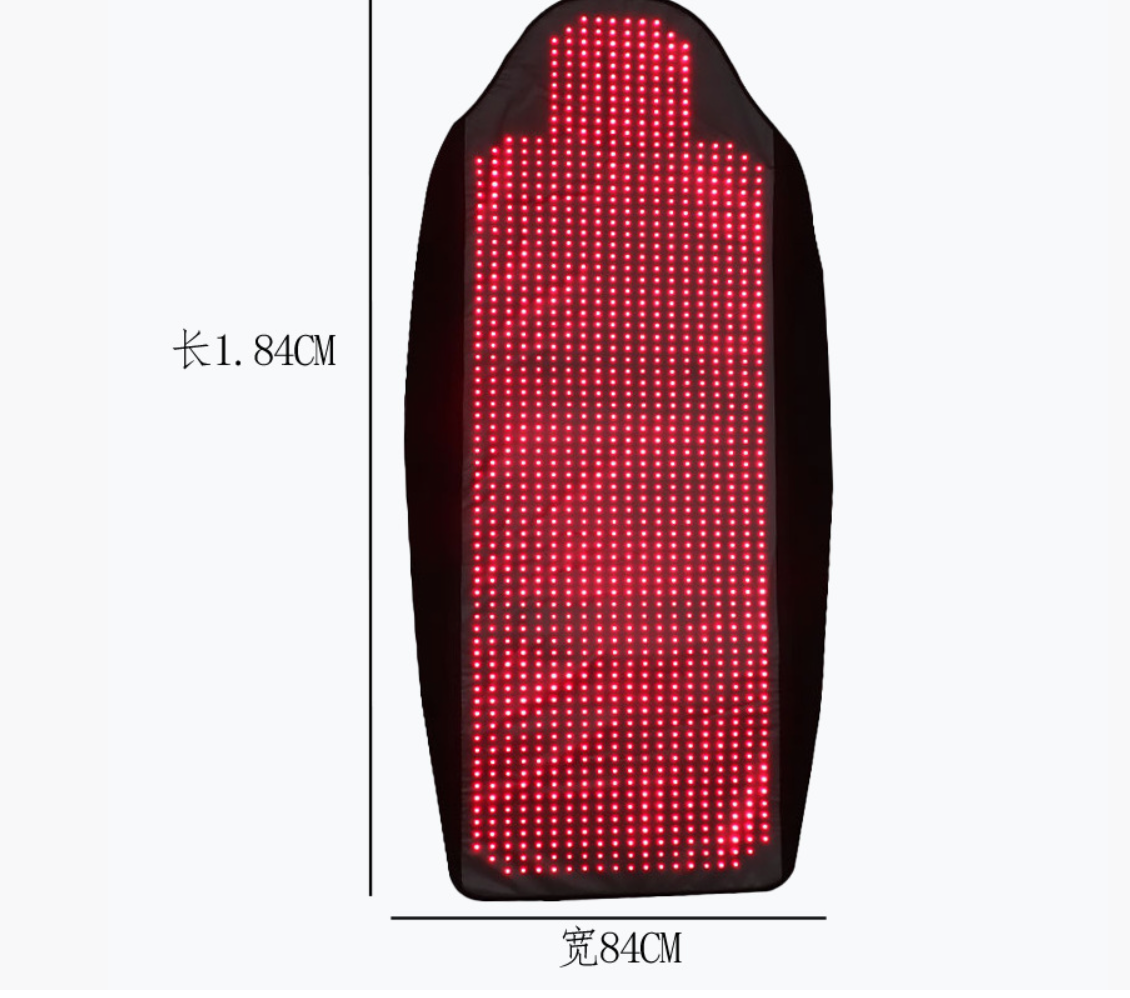
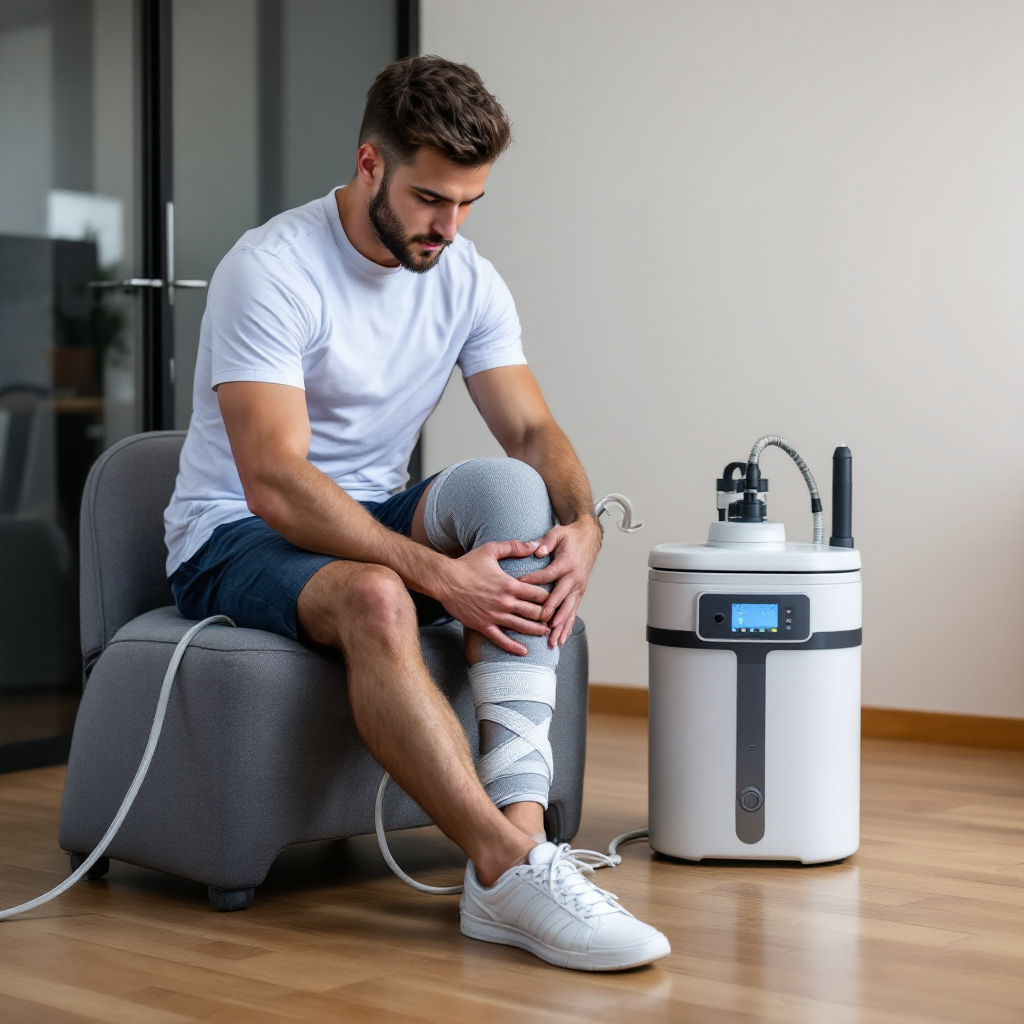
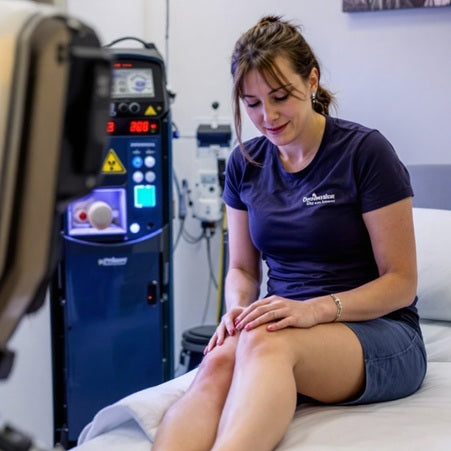

Laisser un commentaire
Ce site est protégé par hCaptcha, et la Politique de confidentialité et les Conditions de service de hCaptcha s’appliquent.